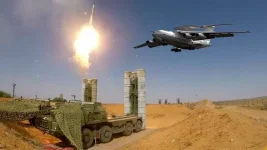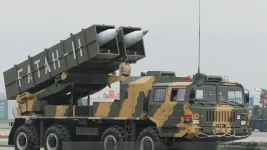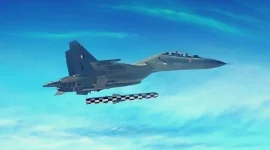- Views: 3K
- Replies: 26
As stealth technology becomes increasingly critical in modern air warfare, India faces a crucial decision regarding its military aviation strategy. Aviation expert Andreas Rupprecht suggests that India may need to consider acquiring existing fifth-generation fighter jets rather than solely focusing on domestic development.
In this scenario, the American Lockheed Martin F-35 Lightning II emerges as the primary option, being one of the few readily available fifth-generation fighters on the international market.
The F-35 is renowned for its advanced stealth capabilities, sensor fusion, and network-centric warfare features, making it a formidable choice for enhancing India's air combat capabilities.
However, acquiring such sophisticated technology comes with significant financial costs and necessitates complex diplomatic negotiations, given the sensitive nature of the technology and the political implications of a deal with the United States.
Meanwhile, Pakistan is strengthening its military capabilities through its strategic partnership with China. Mustafa Hyder Sayed, executive director of the Islamabad-based Pakistan-China Institute, told the South China Morning Post that Pakistan's acquisition of the J-35 stealth fighter is strategically aimed at maintaining a conventional balance of power and deterring potential threats in the region.
The J-35, China's latest fifth-generation fighter, represents a significant leap in Pakistan's air force capabilities, potentially altering the aerial dynamics in South Asia.
However, this acquisition presents challenges for Pakistan. Brian Hart, a fellow at the Centre for Strategic and International Studies, highlighted to the SCMP that Pakistan's economic situation could strain its ability to sustain these high-tech acquisitions. Integrating the J-35 also presents logistical, training, and operational readiness hurdles.
Pakistan will need specialized personnel, infrastructure to support the jets, and funding for ongoing maintenance, all of which could prove to be significant burdens.
The contrasting approaches of India and Pakistan reflect the broader regional tensions and arms race in South Asia. While India contemplates developing indigenous stealth technology or purchasing it from abroad, Pakistan's decision to procure the J-35 from China underscores its reliance on strategic alliances for military modernization.
The coming years will reveal how these contrasting strategies play out and their impact on the regional balance of power.



